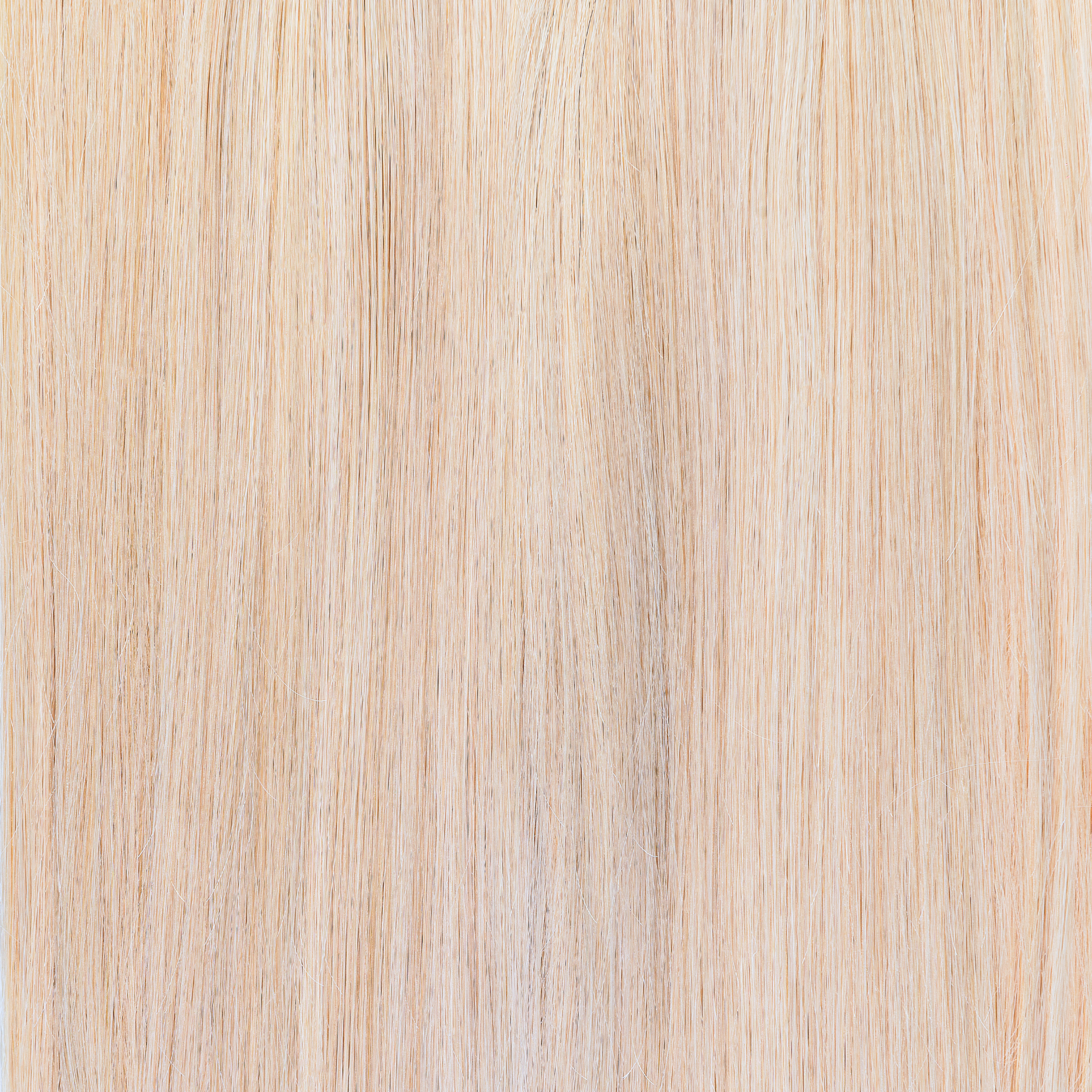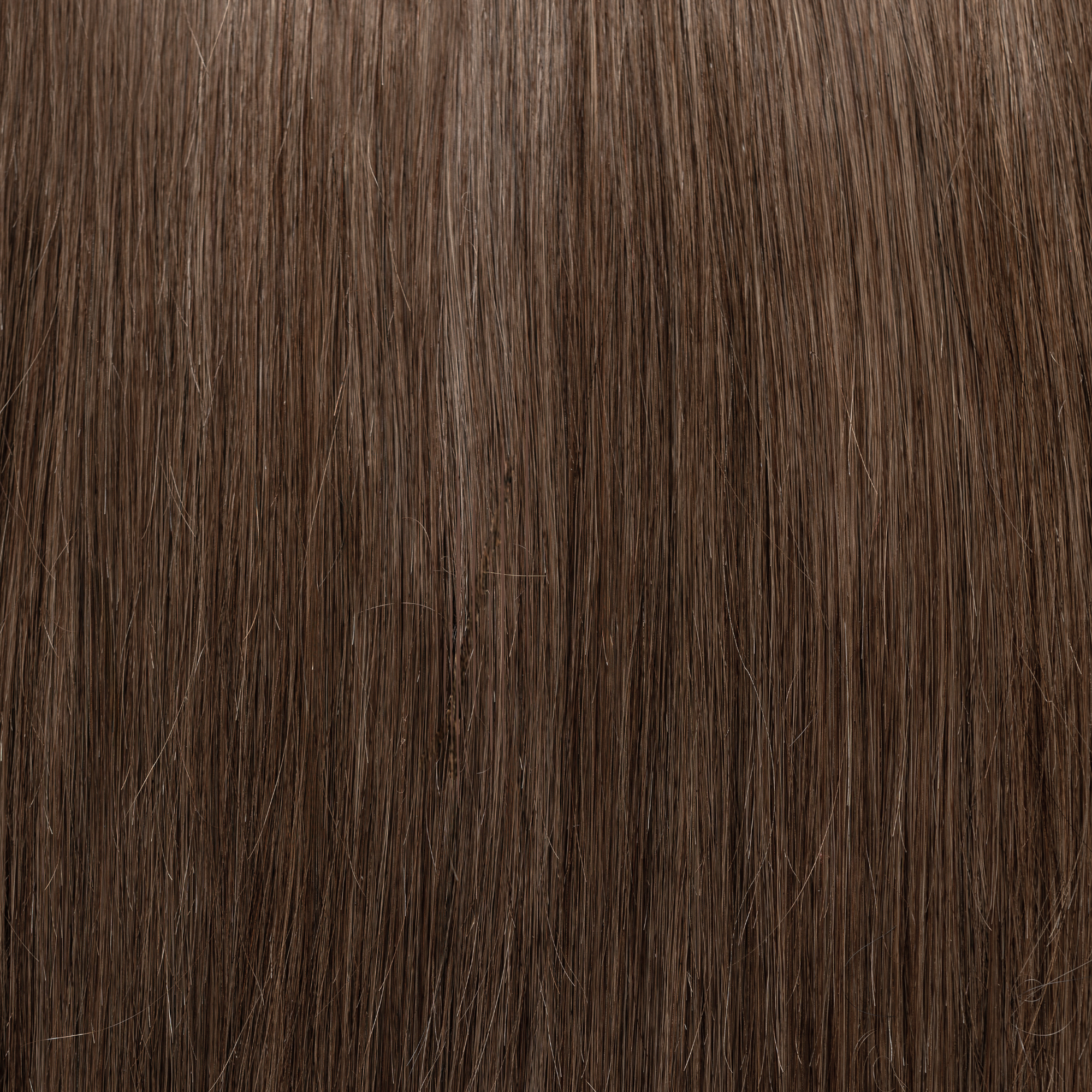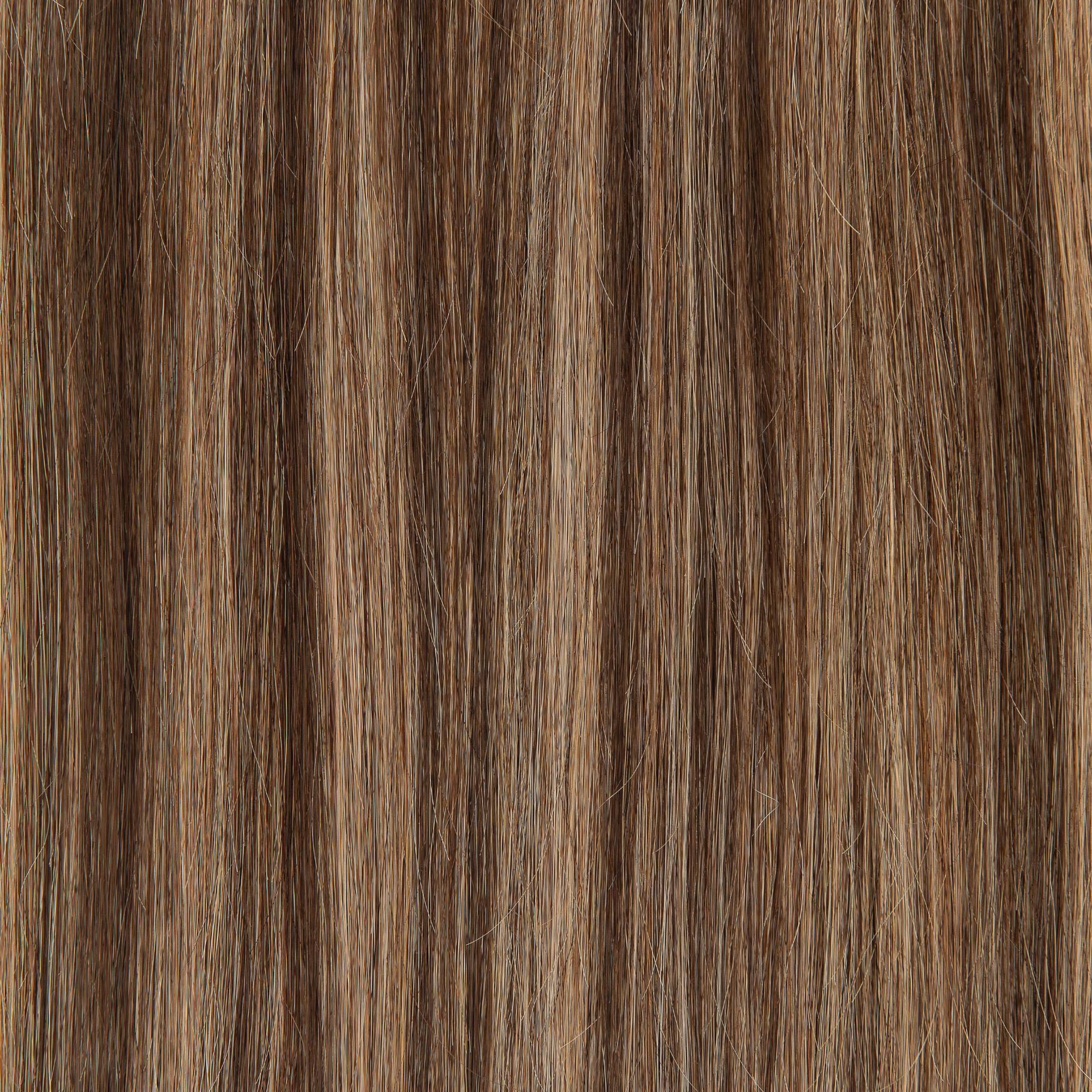
Hair Extensions for Hair Loss: Solutions and Options
- Irene GilmanHair loss can feel like a heavy cloud hanging over your head—literally! Did you know over 30 million women in the U.S. are facing some form of hair loss in their lifetime, it's a common struggle that can impact confidence and self-esteem. Today we’ll explore the causes and types of hair loss so you can understand what’s happening and how hair extension options for hair loss might be the perfect solution for you.
Understanding Hair Loss: Causes and Types
Hair loss is a complex issue that can affect individuals for a variety of reasons. Understanding the underlying causes and recognizing the different types of hair loss is essential for finding effective solutions.
Causes of Hair Loss
-
Hormonal Changes: Think of your hormones as the mood swings of your strands. They can change dramatically during pregnancy, menopause, or due to conditions like polycystic ovary syndrome (PCOS). These shifts often lead to increased shedding, leaving your strands feeling thinner and less vibrant.
-
Genetics: If you’ve noticed that hair loss runs in the family, you’re not alone. Androgenetic alopecia, often referred to as pattern baldness, is hereditary. For women, this might mean thinning at the crown or widening parts, while men might see a receding hairline. It’s like getting a family trait—just one you might not want!
-
Medical Conditions: Various health issues can sneak in and wreak havoc on your strands. Thyroid disorders, autoimmune diseases like alopecia areata, and even scalp infections can disrupt the delicate balance of your growth cycle, leading to unexpected thinning or patches.
-
Nutritional Deficiencies: What you eat is reflected in the health of your strands. If your diet lacks essential nutrients—like iron, zinc, and biotin—it can stunt your hair’s growth. Imagine your hair cells crying out for vitamins while they’re starved; a poor diet or restrictive eating can leave them in despair.
-
Stress: Stress can hit your strands hard. Whether it’s from work, life changes, or emotional upheaval, stress can trigger a condition known as telogen effluvium. This causes hair follicles to enter a shedding phase prematurely, leaving you with more strands in your brush than on your head.
- Lifestyle Factors: Your daily habits can have a significant impact on your strands health. Smoking, excessive alcohol consumption, and rough hair care practices such as vigorously towel-drying your hair can lead to damage and breakage. Frequent heat styling, chemical treatments, and tight hairstyles can put your hair under stress, contributing to thinning.
Types of Hair Loss
-
Androgenetic Alopecia: This is one of the most common type of hair loss affecting both men and women. Women may notice thinning around the crown or widening parts, while men face the notorious receding hairline. It’s a gradual process, but one that can be tough to navigate.
-
Telogen Effluvium: Often triggered by stress, hormonal changes, or significant life events, this type involves temporary shedding of hair. Individuals may notice increased hair fall several months after the triggering event.
-
Alopecia Areata: This autoimmune condition leads to sudden, patchy hair loss and can affect any hair-bearing area. This occurs when the immune system mistakenly attacks hair follicles.
-
Traction Alopecia: If you love tight hairstyles—think braids, buns, or ponytails—you might be at risk for traction alopecia. This condition results from prolonged tension on follicles, leading to thinning along the hairline. It’s a gentle reminder that your style choices can affect your hair health.
-
Scarring Alopecia: This rare type of hair loss can be particularly distressing. It occurs when inflammation damages hair follicles and replaces them with scar tissue, leading to permanent hair loss. It’s often linked to various skin disorders, making early detection and treatment vital.
Understanding the causes and types of hair loss is your first step to addressing the issue effectively. With this insight, you can explore various options like hair extension solutions for hair loss. These extensions aren't just cosmetic fixes; they can seamlessly blend with your natural hair, providing an instant boost in volume and confidence.
Hair Extensions as a Solution: Benefits and Considerations
Now that we’ve explored the causes and types of hair loss, it’s clear that many women face these challenges at some point in their lives. While hair loss can feel overwhelming, there’s a solution that can help restore your confidence: hair extensions! Specifically, hair extensions for hair loss which can be a game-changer for those dealing with thinning hair or hair loss.

While extensions are a great option for those going through hair loss, it’s important to remember that not all extensions are created equal. Non-permanent options, such as clip-in and halo volume extensions, can be particularly effective.
These types of extensions allow you to instantly add length and volume without the commitment or potential damage associated with permanent options. Human Hair Clip-in Extensions can be applied and removed with ease, giving you the flexibility to give your hair a break when needed. Halo extensions, designed to sit on top of your head, distribute weight evenly and create a natural look without tugging on your roots. This makes them ideal for those concerned about the weight of wearing them, as they provide a beautiful boost of volume while minimizing the risk of potential damage.

On the other hand, permanent extensions may seem appealing but can come with significant drawbacks. The risk often outweighs the reward, especially if not applied by an experienced stylist who understands how to safely apply hair extensions for thin balding hair. Finding the right professional can be costly, as their expertise is crucial in ensuring a safe and effective application. Choosing the wrong stylist, however, can exacerbate your hair loss issues. Improper installation may lead to added tension on your roots, making it difficult to remove the extensions without returning to the same stylist for removal. In contrast, opting for clip-in or halo extensions can provide the confidence boost you seek without the long-term risks associated with permanent solutions.
Choosing the Right Hair Extensions
Selecting the right hair extensions for women's hair loss is important for those with thin hair, as the goal is to achieve a natural, full look. Here are some points to consider when choosing your perfect set.
First, opt for double-drawn extensions like those made by Atelier Extensions. These are made from hair strands of uniform length, resulting in a thicker appearance that adds volume without looking sparse. This is especially beneficial for thin hair, creating a luscious, full look.
Next, focus on seamless designs. Extensions with a thick, heavy base can be noticeable, so choose seamless options that lay flat against the scalp. This allows for a more natural blend with your hair, making them comfortable and discreet, whether you wear your hair up or down.

Additionally, consider the weight of the extensions. Lightweight options minimize stress on your roots, ensuring a comfortable fit throughout the day.
Lastly, pay attention to color matching. Whether you choose a shade that matches perfectly or go for highlights or balayage, proper color matching will boost your overall look and feel of your extensions, ensuring a seamless blend.
By focusing on these key points—double-drawn quality, seamless design, lightweight materials, and color matching—you can confidently choose extensions that provide the volume and length you’ve been dreaming of while keeping your hair safe.
Application and Care Tips for Thin Hair
To make sure your clip-in extensions look amazing and maintain the health of your natural hair, follow these essential application and care tips:
-
Prepare Your Hair: Start with clean, dry hair. Use a volumizing mousse to add texture, which helps the clips grip better.
-
Section Carefully: Divide your hair into sections for easier application. Use clips to secure the top layers while you work on the lower sections.
-
Apply with Care: Position the clips about an inch away from your roots to avoid tension. Ensure they are securely fastened but not too tight to prevent pulling.
-
Avoid Heat: Limit heat styling on your extensions. When necessary, use a heat protectant and keep temperatures low to avoid damage.
-
Gentle Washing: Wash extensions with a sulfate-free shampoo and conditioner to maintain their quality. Always let them air dry to preserve their structure.
-
Storage Matters: Store extensions in a cool, dry place. Using a hanger or a dedicated storage bag to prevent tangling keeps them looking their best.
- Regular Maintenance: Brush extensions gently with a wide-tooth comb to avoid breakage. Schedule periodic washes based on usage to keep them looking fresh.
By following these tips, you can enjoy beautiful, full extensions while keeping your natural locks healthy and thriving!
Conclusion
With over 30 million women in the U.S. experiencing some form of hair loss in their lifetime, it’s a struggle that can deeply impact confidence and self-esteem. However, understanding the causes and types of hair loss is the first step toward reclaiming your hair’s health and exploring solutions like hair extensions.
By choosing the right extensions, particularly non-permanent options like clip-ins and halo styles, you can effortlessly add volume and length while minimizing risk to your natural hair. Remember, the key is to select extensions that are double-drawn, seamless, and lightweight to ensure a natural look and comfortable wear.









